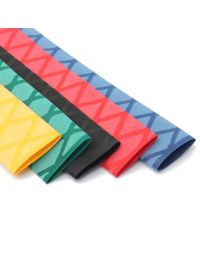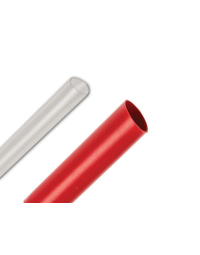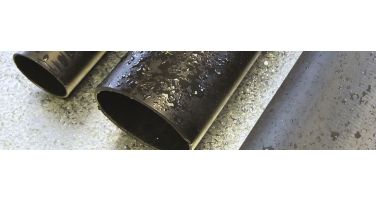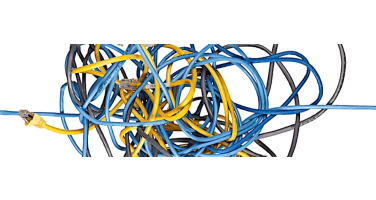At Hilltop Products, we sell a wide variety of heat shrink tubing products and every day hundreds of people are banging the door down to ask us questions about heat shrink tubing.
Ok, the second part isn’t true. People regularly call our sales team for advice on the best heat shrink tubing for their needs but far fewer ask us who invented heat shrink or what it is about certain plastics that make them shrink?
If you’ve ever wondered about the finer points of heat shrink tubing, you can find out what you’d like to know right here.
Who invented heat shrink tubing?
Heat shrink tubing was developed in the 1950’s by the Raychem Corporation. Chemical engineer Paul Cook used radiation chemistry to develop tubing which would shrink when exposed to radiation.
Now, manufacturer’s like Alpha, Canusa and LG have followed Raychem’s lead and also produce heat shrink polymers of their own.
What is heat shrink tubing made of?
Heat shrink tubing can be produced from a number of thermoplastics. These include polyvinyl chloride (PVC), neoprene and the tongue-twisting polytetrafluoroethylene (PTFE).
Other shrinking polymers include polyolefin, viton and fluorinated ethylene propylene (FEP). Some heat shrink tubing also contains an adhesive lining or conductive polymer thick film which will allow for an electrical connection between two or more electrical conductors which are connected by the tubing.
Why does heat shrink tubing shrink?
Short answer: because of covalent bonds.
Slightly longer answer: when a polymer is exposed to radiation, its atoms form covalent bonds. This is known as cross-linking. Covalent bonds provide polymers with ‘plastic memory’. They can be stretched but return to their original dimensions when the right amount of heat is applied.
Does all tubing shrink the same amount?
No, different tubing will shrink by different amounts and this is measured by shrink ratio. Heat shrink tubing with a shrink ration of 2:1 will shrink to half its expanded size under heat. A variety of other shrink ratios are available.
What is heat shrink tubing used for?
Short answer: virtually anywhere you find cables and wires.
Long answer: In general, heat shrink tubing is used for protecting electrical wires, identifying particular cables or grouping cables together.
HST can also be used to insulate wires in aircrafts, boats and other vehicles. It keeps water and dust out of cable splices and also provides a barrier between the cable and various corrosive chemicals.
Some computer or custom car modifiers even use heat shrink to simply make their wires look better.
Got another question about Heat Shrink Tubing? Why not give us a call today on 01942 723 101?






